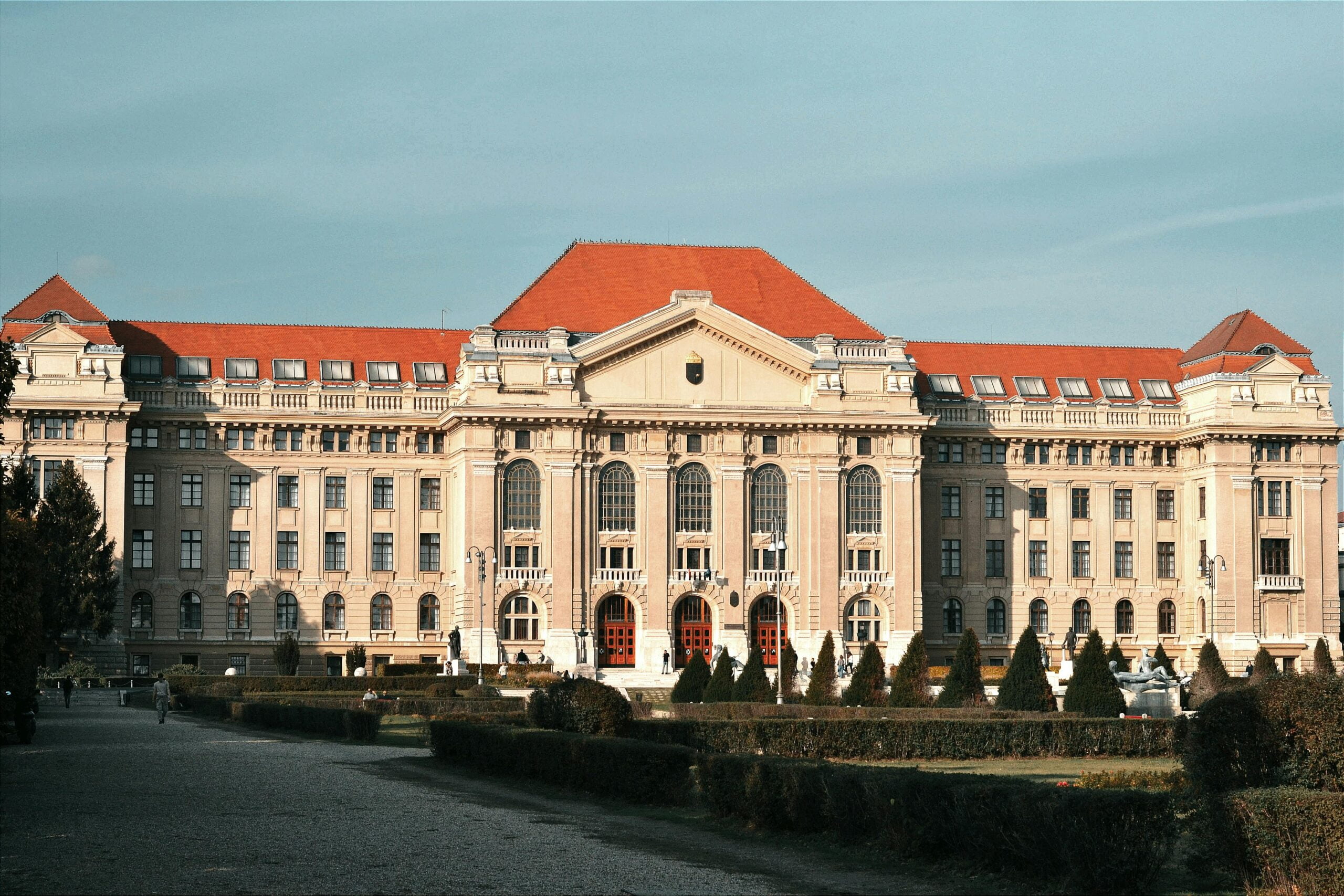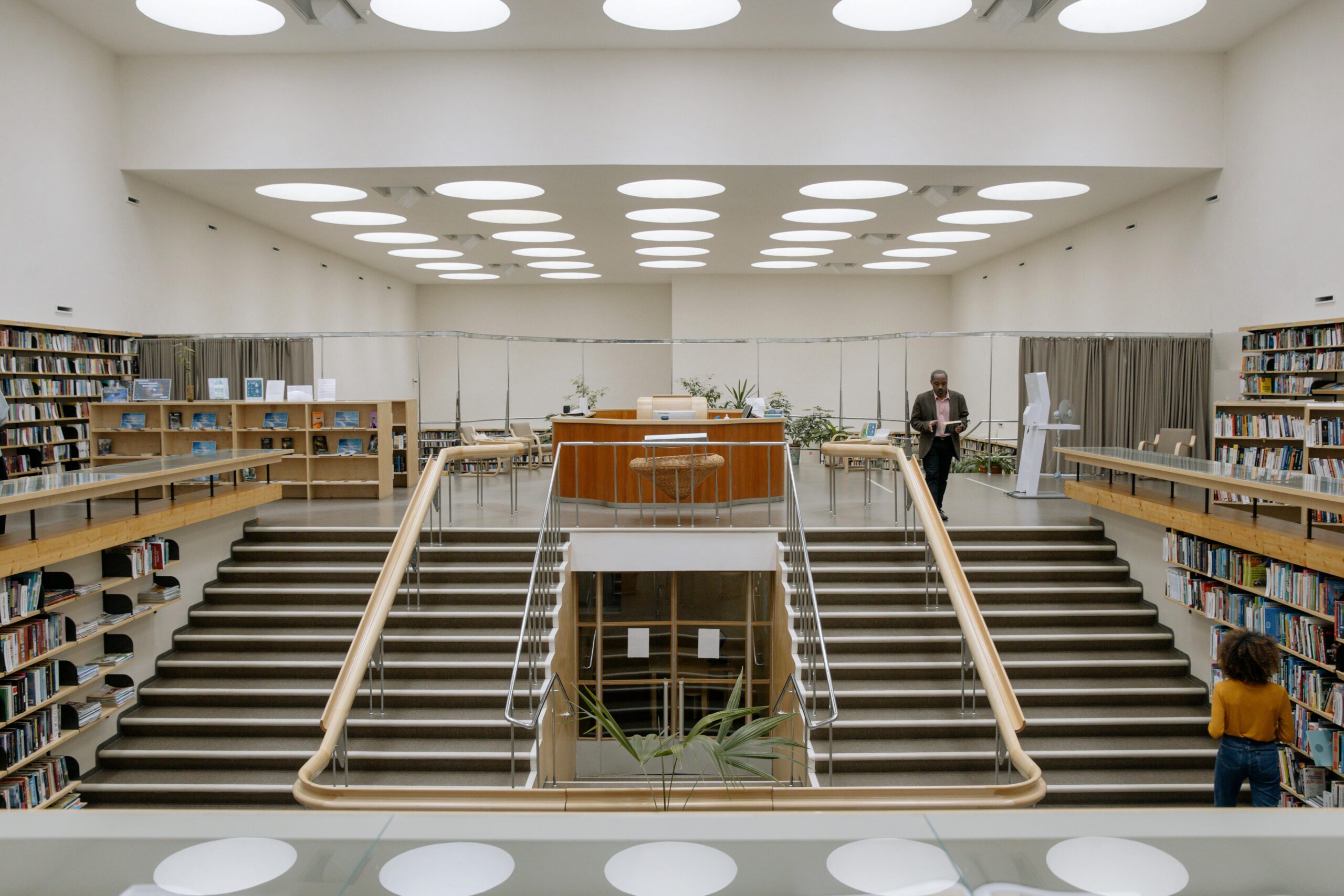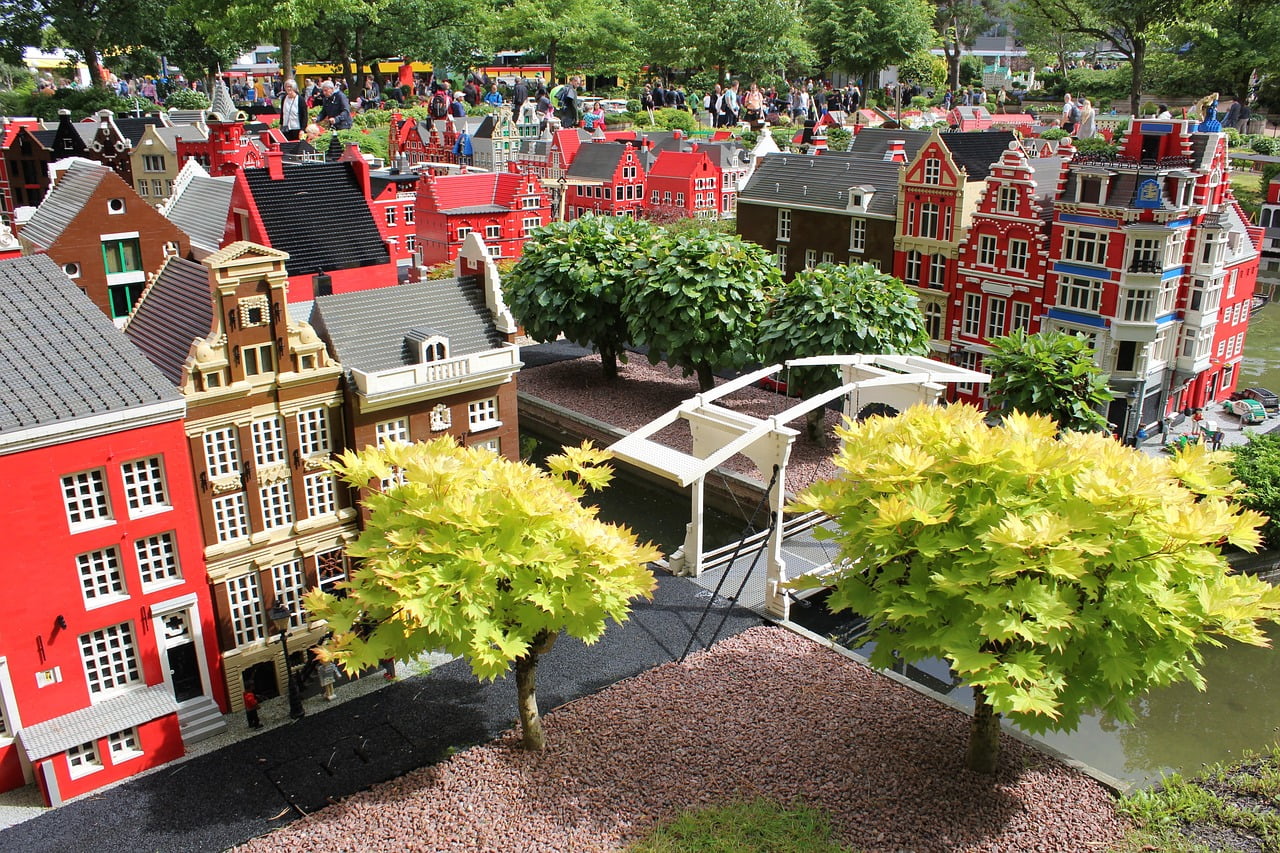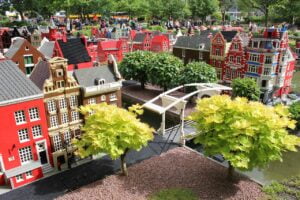What is buttress in architecture?
A Buttress can be defined as an architectural element that is designed to support or resist the side thrust created by a load of an arch and roof. In the early days, almost every building was built with stone masonry, which had a heavy load, and butter was used to resist those loads. Buttresses supported exterior walls from the outside and allowed the opening of interior spaces. Because of buttresses, the interior doesn’t have to carry the load coming from the roof and structure. It allowed architects to design taller, wider buildings with more openings.
With the buttress’s fantastic results, architects began experimenting with its shape, size, and design to get more support. Because of their carved pattern, buttresses were also utilized as a decorative feature. Buttressed constructions initially existed in Mesopotamian temples, as did Roman and Byzantine structures, but acquired prominence in Europe during the Gothic era, which lasted from the 12th through the 16th century. Gothic architecture had great examples of flying buttresses in cathedrals.
Types of Buttress in architecture
Clasping Buttresses
Clasping or clamped buttresses join the outer wall’s corners and give support from both directions of a corner by arranging two support columns perpendicular to one another. The buttress functions to cinch or “clasp” the two sides together in a manner akin to an embrace. These buttress supports were popular for both religious and public buildings.
Angled Buttresses
Like clasping buttresses, angled buttresses support a building from its corner, providing two perpendicular supports on both the edges of the structure.
Setback Buttresses
Like the two previous types, setback buttresses also support the structure at the corner, but they are slightly away from the corners, making the corner
of the building visible. Setback buttresses can be placed slightly away from the corner to achieve greater support from them.
Diagonal Buttresses
Diagonal or French buttresses are also a type of corner buttress similar to the clasping buttress but it has a smaller surface area. This exerts a diagonal
force on the corner to keep the walls fully supported.
Examples of Buttress in architecture
- The Great Mosque of Uqba in Kairouan, Tunisia
- Church of St. Michael and All Angels, Maidstone, UK
- Our Saviour’s Chapel, Żejtun, Malta
- All Saints Church, Eastchurch, Kent, UK
- Daniel-Johnson Dam, Quebec, Canada












